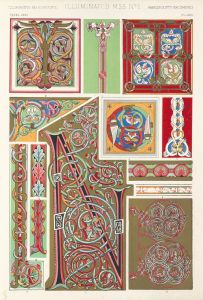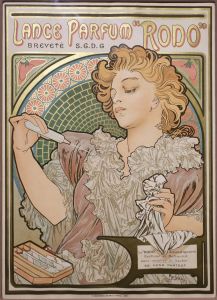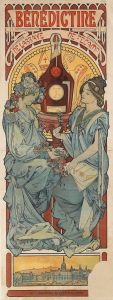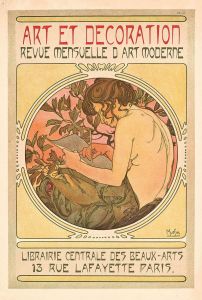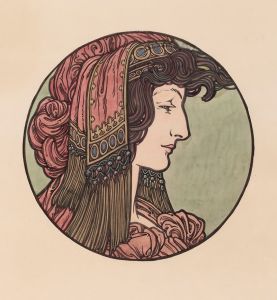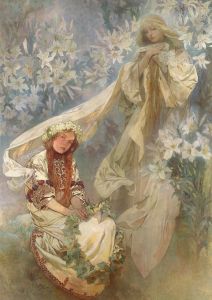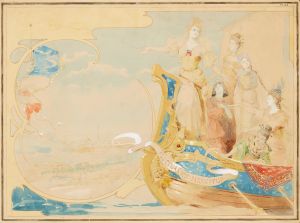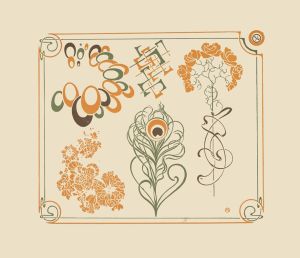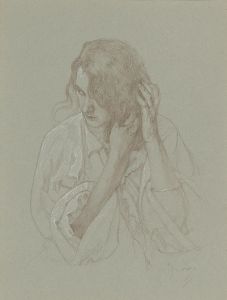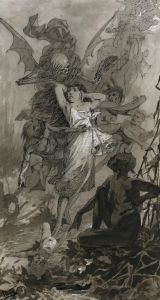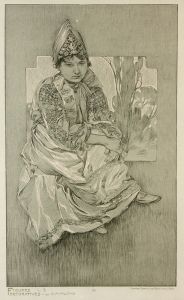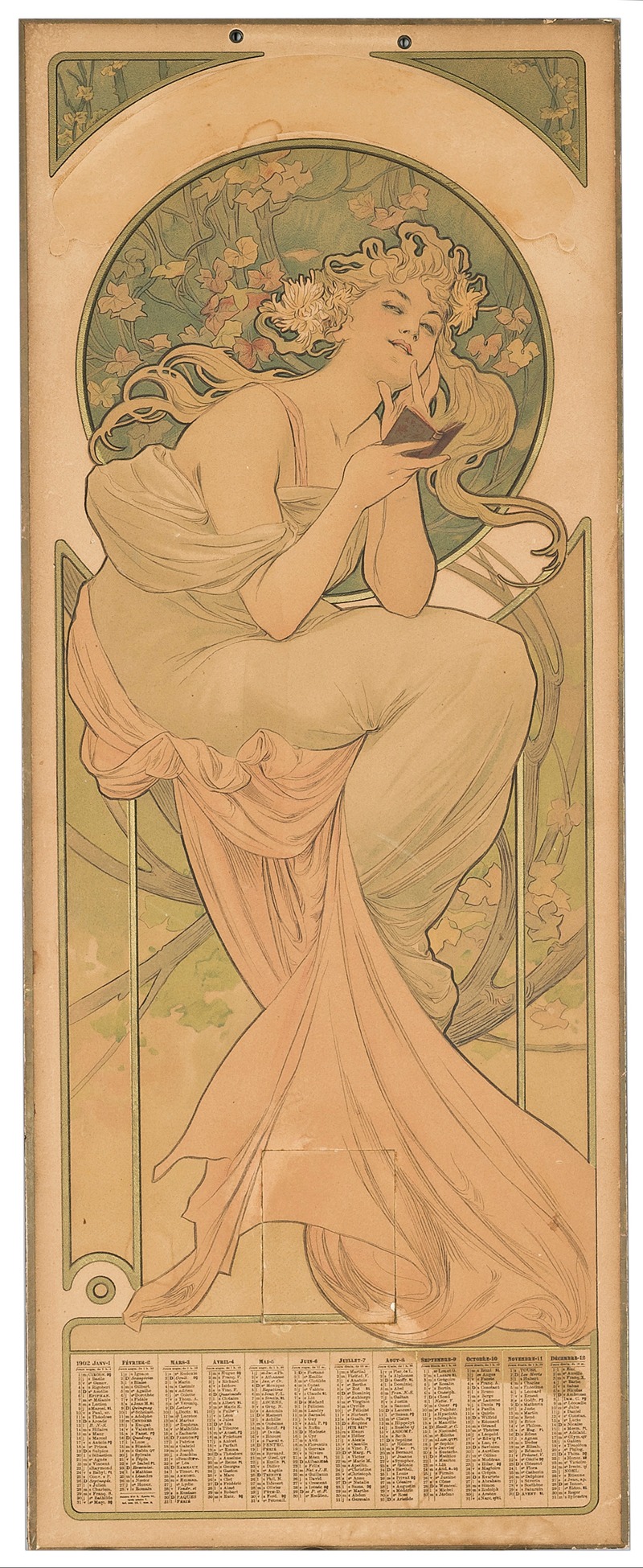
1902 calendar
A hand-painted replica of Alphonse Mucha’s masterpiece 1902 calendar, meticulously crafted by professional artists to capture the true essence of the original. Each piece is created with museum-quality canvas and rare mineral pigments, carefully painted by experienced artists with delicate brushstrokes and rich, layered colors to perfectly recreate the texture of the original artwork. Unlike machine-printed reproductions, this hand-painted version brings the painting to life, infused with the artist’s emotions and skill in every stroke. Whether for personal collection or home decoration, it instantly elevates the artistic atmosphere of any space.
Alphonse Mucha, a Czech painter and decorative artist, is renowned for his distinctive style that became synonymous with the Art Nouveau movement. One of his notable works is the "1902 Calendar," which exemplifies his artistic approach during the peak of his career. Mucha's work is characterized by its intricate designs, flowing lines, and the harmonious integration of figures with decorative elements, often featuring beautiful women surrounded by lush, natural motifs.
The "1902 Calendar" is a fine example of Mucha's ability to blend commercial art with fine art, a hallmark of the Art Nouveau period. Mucha's calendars were not merely functional items but were also considered collectible art pieces. His calendars typically featured a series of panels, each representing a different month or season, adorned with allegorical figures and elaborate floral patterns.
In the "1902 Calendar," Mucha continued his tradition of depicting women in a stylized, idealized manner. These figures are often portrayed in flowing garments, with long, sinuous hair, embodying the ethereal and graceful qualities that Mucha's work is celebrated for. The women are usually set against a backdrop of intricate designs that include flowers, leaves, and other natural elements, creating a sense of harmony and balance.
Mucha's calendars were highly sought after during his time, as they combined practicality with aesthetic appeal. They were often commissioned by various companies and used as promotional items, showcasing Mucha's ability to elevate everyday objects into works of art. The "1902 Calendar" would have been used in homes and businesses, serving both as a functional calendar and a decorative piece.
The Art Nouveau movement, with which Mucha is closely associated, was characterized by its emphasis on organic forms, curvilinear lines, and a departure from the rigid structures of previous artistic styles. Mucha's work, including the "1902 Calendar," played a significant role in popularizing this movement across Europe and beyond. His influence extended beyond the visual arts, impacting design, architecture, and even fashion.
Mucha's calendars, including the one from 1902, are now considered valuable collectibles and are studied for their artistic and historical significance. They provide insight into the cultural and aesthetic values of the early 20th century, reflecting a period of transition and innovation in the arts. Today, Mucha's work continues to be celebrated for its beauty and its contribution to the development of modern graphic design.
Overall, the "1902 Calendar" by Alphonse Mucha is a testament to his skill as an artist and his ability to merge art with everyday life. It remains an enduring example of the Art Nouveau style and Mucha's lasting legacy in the world of art and design.





